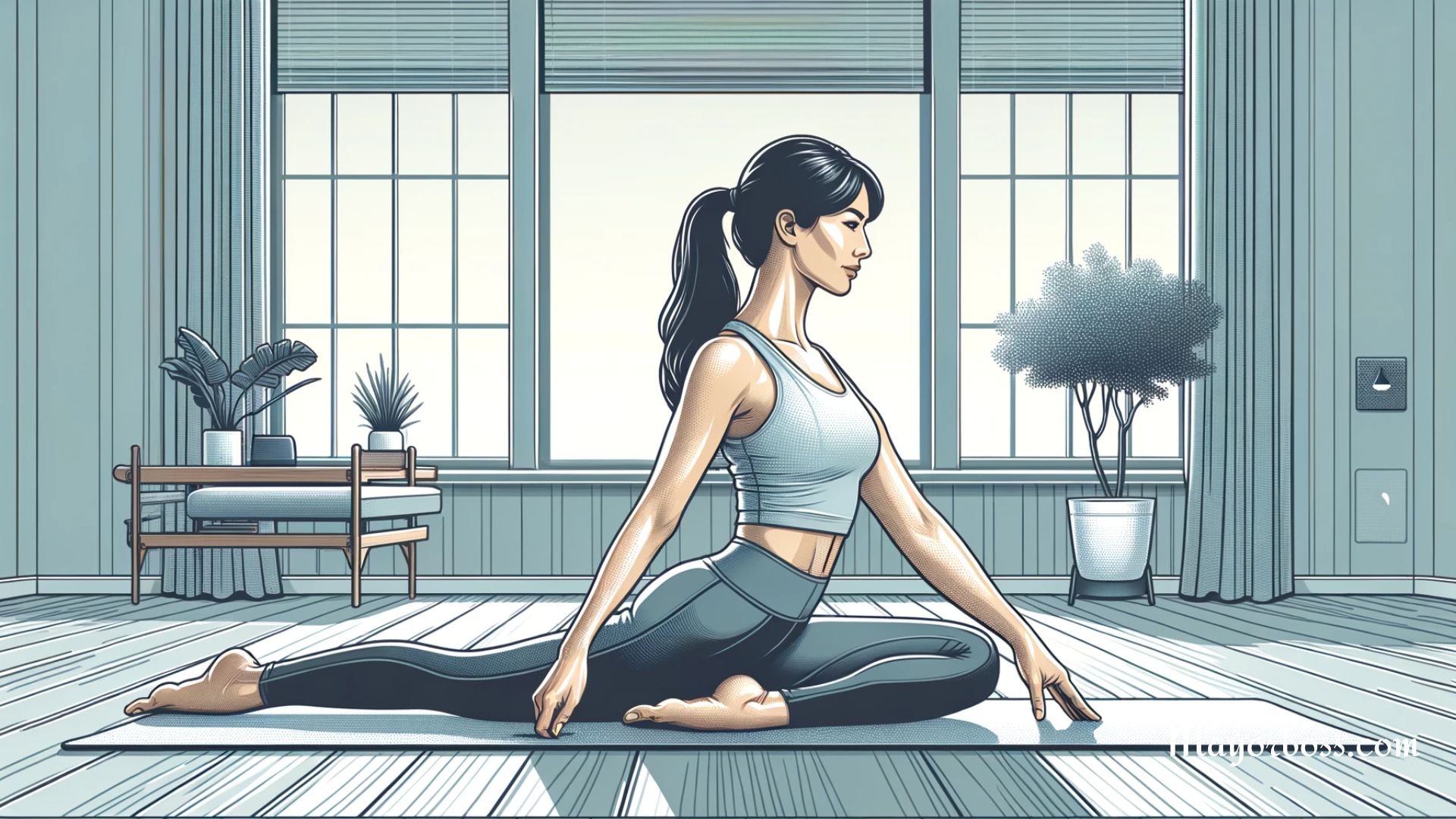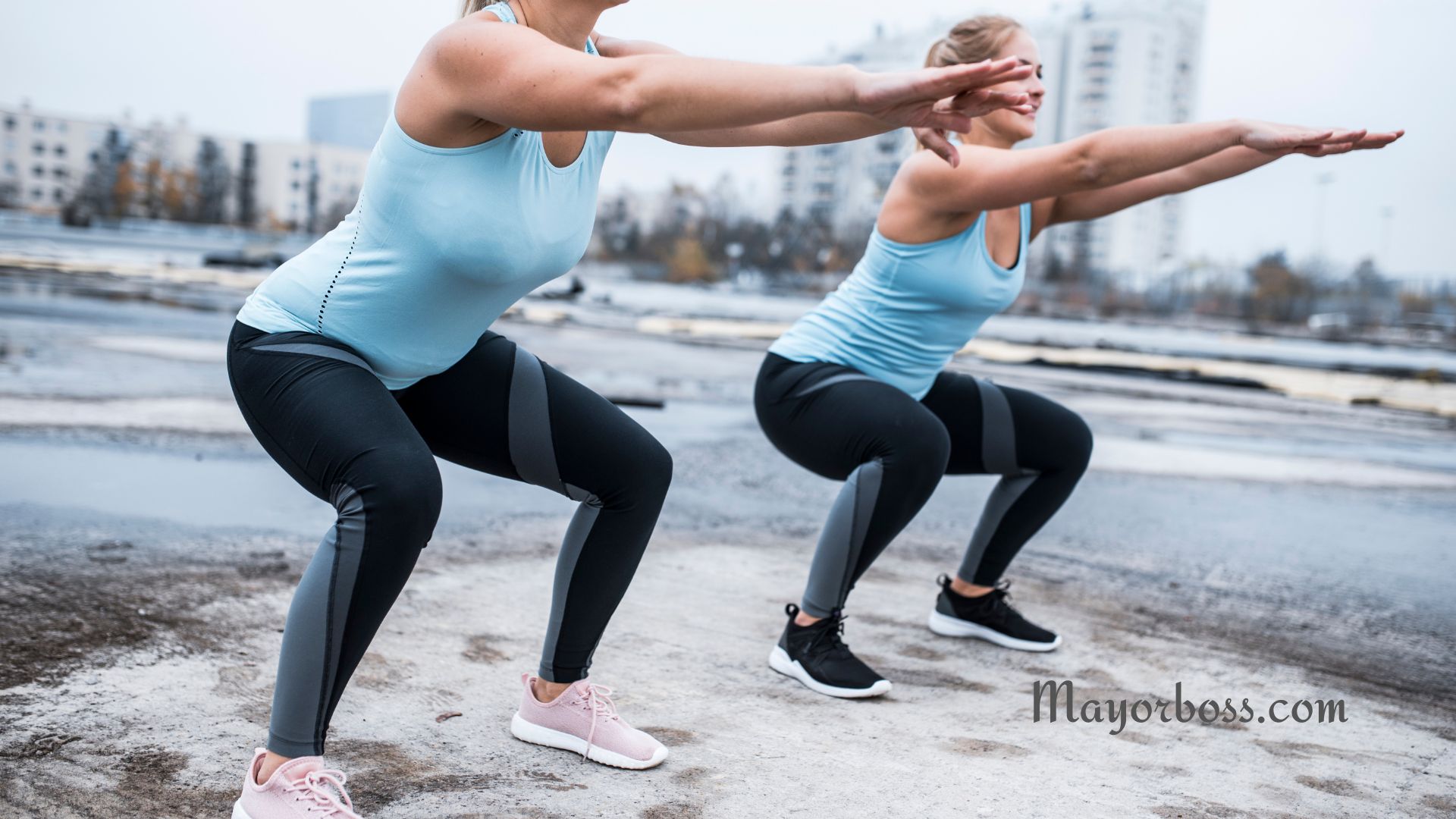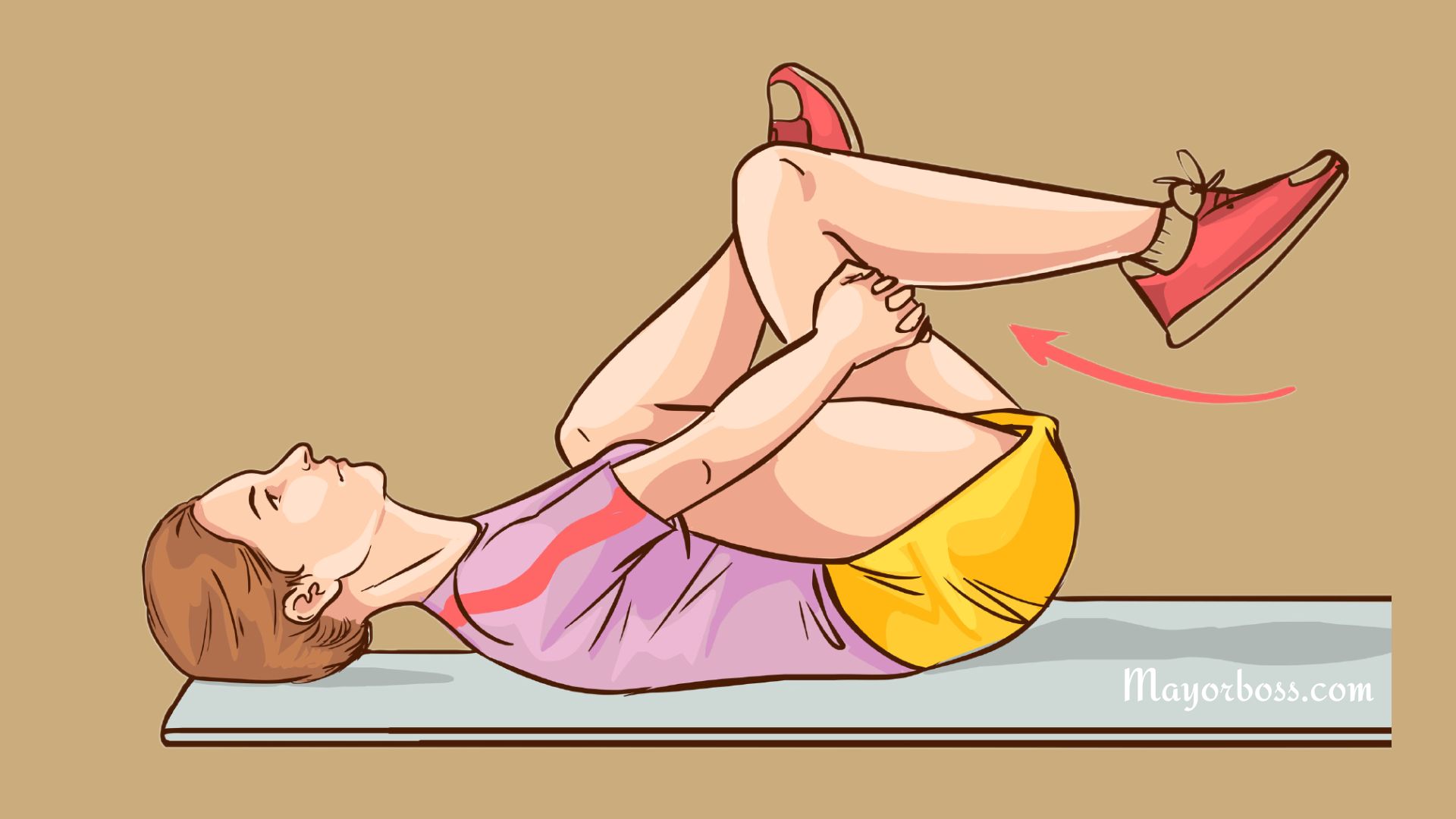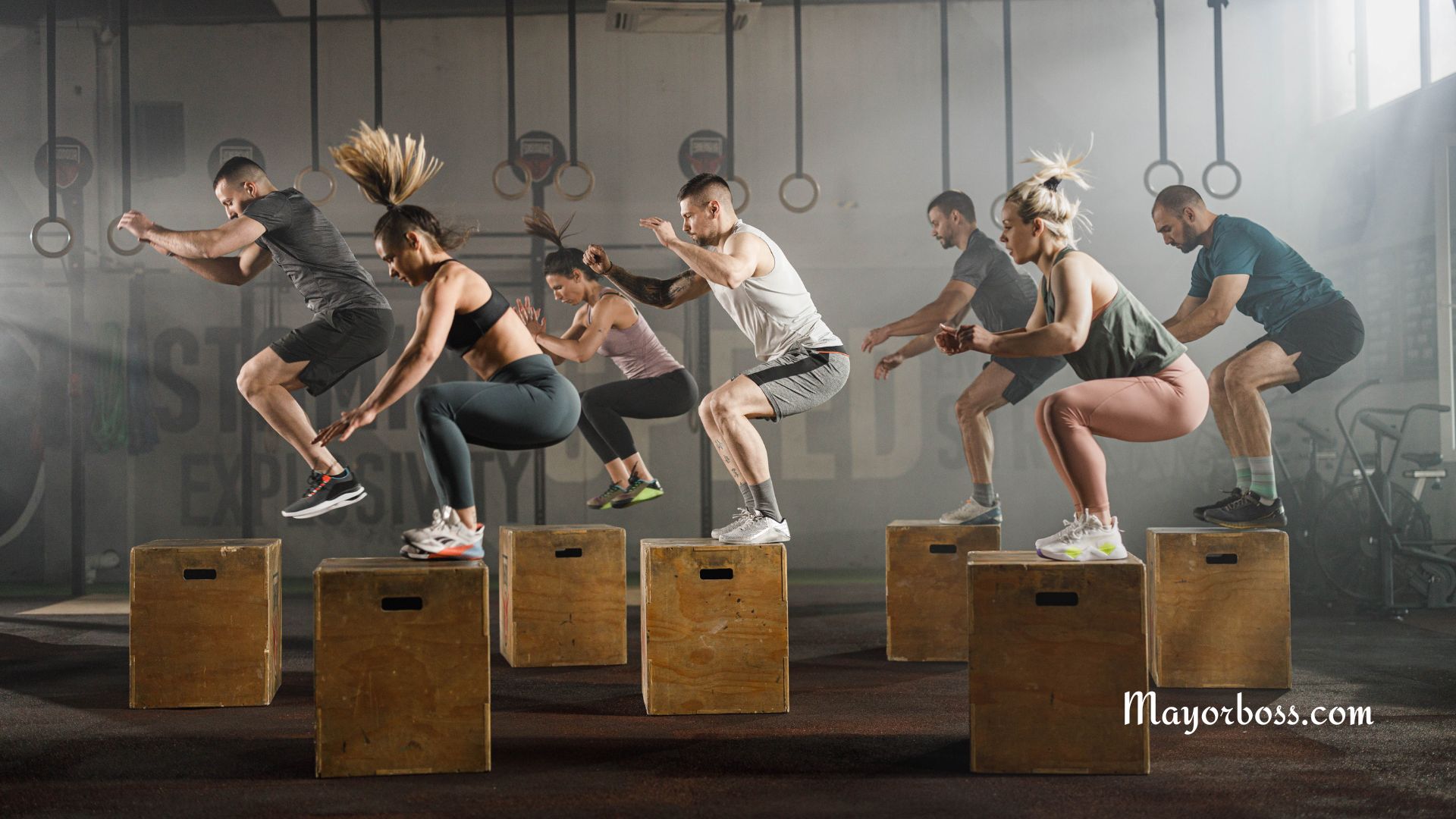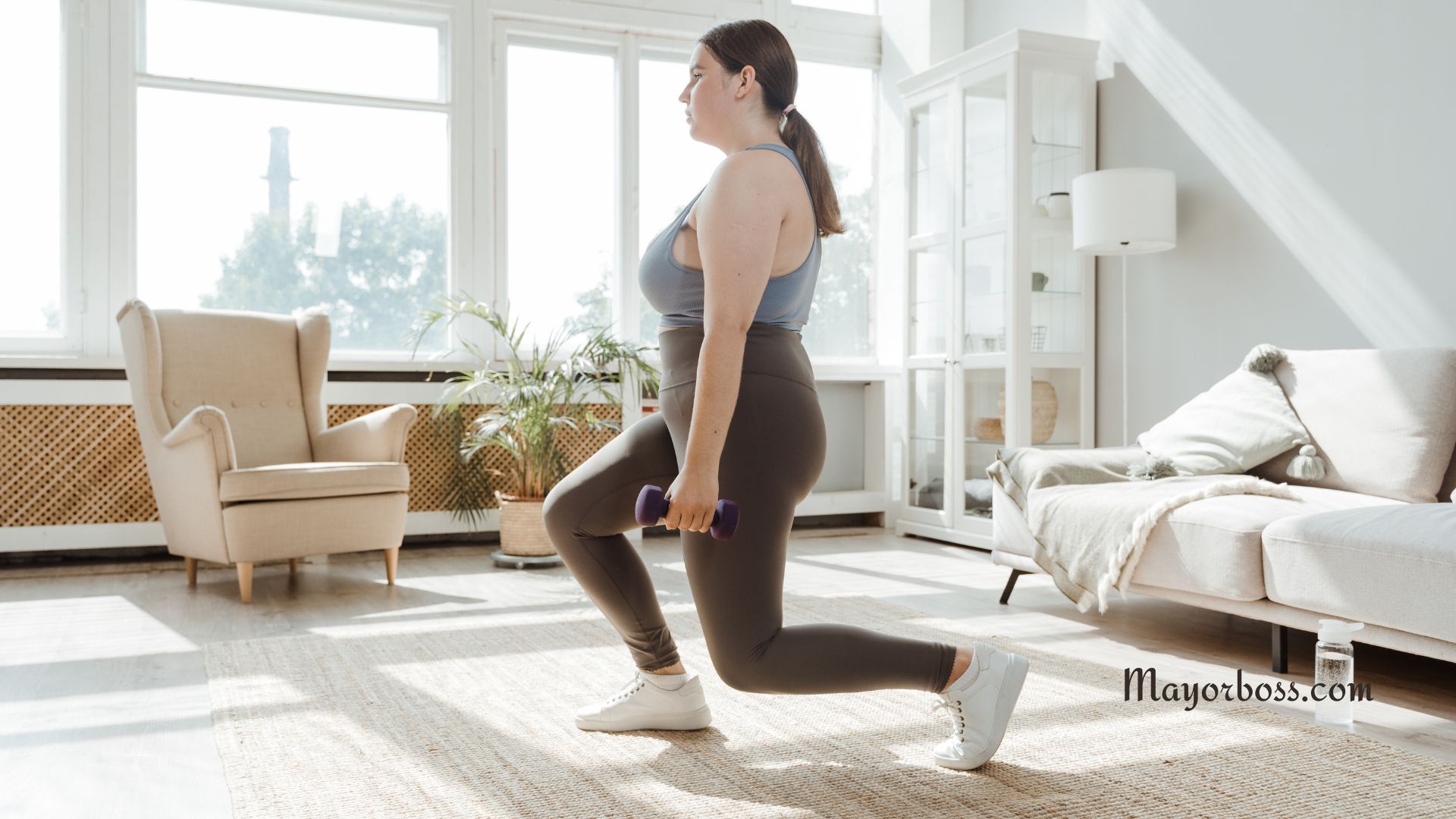What Is Passive Stretching and How Can It Benefit You?
Stretching is an essential part of any exercise routine. It’s crucial to choose the right type of stretching to maximize the benefits. One type of stretching that you may have heard of is passive stretching. I’m going to take a closer look at passive stretching and how it can benefit you.
What Is Passive Stretching?
Passive stretching involves holding a stretch position with the help of an external force, such as gravity, a partner, or a stretching device. Unlike active stretching, which involves using your own muscles to hold a stretch position, passive stretching allows you to relax your muscles while an external force does the work for you. For example, if you’re stretching your hamstrings, you may do so by lying on your back and having a partner pull up on your legs or by using a stretching strap to hold your legs in position.
The Benefits of Passive Stretching
Passive stretching can offer many benefits, including:
1. Increased flexibility and range of motion
One of the most significant benefits of passive stretching is increased flexibility and range of motion. When you use external forces to stretch your body, such as gravity or a partner’s assistance, you can achieve a deeper stretch than you would with active stretching alone. Over time, this can lead to greater flexibility and a wider range of motion in your joints, which can improve your overall performance in physical activities. According to research, passive stretching proved to be more helpful than dynamic stretching in increasing flexibility in the hamstrings.
2. Reduced Muscle Tension
Passive stretching can also help relieve muscle tension and tightness. When your muscles are tight, they can become stiff and sore, leading to discomfort and even injury. By stretching them passively, you can help release the tension and reduce the risk of injury.
3. Increased relaxation and stress relief
Passive stretching can be an incredibly relaxing experience, particularly when you use props such as bolsters or blocks to support your body in various positions. By focusing on your breath and allowing your body to relax into each stretch, you can experience a deep sense of relaxation and stress relief. This can be particularly beneficial if you’re experiencing anxiety or tension in your daily life.
4. Improved circulation
Another benefit of passive stretching is improved circulation. When you stretch your muscles, you increase blood flow to the targeted area, which can help improve overall circulation throughout your body. This increased blood flow can help deliver oxygen and nutrients to your muscles more efficiently, which can lead to increased energy and improved recovery times.
How to Do Passive Stretching
Passive stretching can be done in a variety of ways, including:
Using Gravity
One simple way to do passive stretching is to use gravity. For example, you can lie on your back with your legs up against a wall, allowing gravity to pull your legs down and stretch your hamstrings.
With a Partner
Another way to do passive stretching is with a partner. For instance, you can sit on the floor with your legs outstretched, and your partner can gently push your back forward to stretch your hamstrings.
Using a Stretching Device
You can also use a stretching device, such as a strap or a foam roller, to assist with passive stretching. For example, you can lie on your back with a strap around your foot and gently pull your leg towards your chest to stretch your hamstring.
Doorway stretch
A doorway stretch is a great way to passively stretch your chest, shoulders, and arms. To do this, stand in a doorway with your hands on either side of the frame, and allow your body weight to gently pull your arms out to the sides. You can also adjust how far apart your arms are to target different muscles.
Precautions to Take
While passive stretching can be a safe and effective way to improve your flexibility and reduce muscle tension, it’s important to take some precautions:
Don’t Overstretch
It’s essential to avoid overstretching and pushing your body beyond its limits. Start with gentle stretches and gradually increase the intensity and duration over time.
Don’t Force It
Never force your body into a stretch position that feels uncomfortable or painful. If a stretch feels too intense, ease off and try again later.
Warm Up First
Before doing any stretching, it’s important to warm up your muscles with some light cardio or dynamic stretching. This can help prepare your muscles for the stretch and reduce the risk of injury.
Final Word
Passive stretching is an excellent way to increase flexibility and range of motion, relieve muscle tension, and reduce stress. Using an external force to hold a stretch position, you can relax your muscles and let go of any tension or stress. Whether you use gravity, a partner, or a stretching device, be sure to take precautions to avoid overstretching and injury. With consistent practice, passive stretching can help you achieve your fitness goals and feel better in your body.

